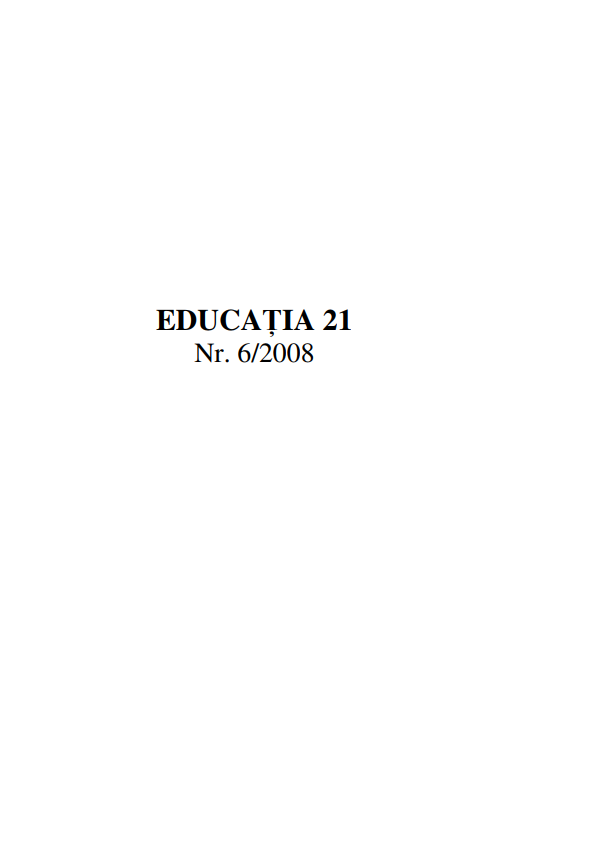The context for the study on Roma education – from theory to empirical facts –
The context for the study on Roma education – from theory to empirical facts –
Author(s): Vasile Chiş, Olga MarkusSubject(s): Economy, Preschool education, School education, Demography and human biology, Ethnic Minorities Studies
Published by: Universitatea Babeş-Bolyai
Keywords: education; Roma; non-formal and informal education; increasing in population versus decreasing in education;
Summary/Abstract: The target of our paper is to identify the relevant features for the research and practice approach on Roma education. First, we assume that in Roma education, non-formal and informal education is more efficient than formal education. As an example, Roma students leave the schools early (in the 4th or 5th form), but they come back to check for the second chance education form in their adult life, motivated by the qualification requirements in the jobs market. Second, the quality of life and the level of education are two dimensions very strong correlated among Roma people. Here we founded a kind of circular relation. The precarious life conditions are involved on the low level of education through the generations. The low level of education are involved on the precarious life conditions through the generations. Third, the statistics show an increasing distribution in Roma population and a decreasing distribution in education of Roma people. This polarization – increasing in population versus decreasing in education -reflects deeply the needs of the measures for access to education for disadvantaged groups, focused on Roma people.
Journal: Educatia 21
- Issue Year: 2008
- Issue No: 6
- Page Range: 33-47
- Page Count: 15
- Language: English

